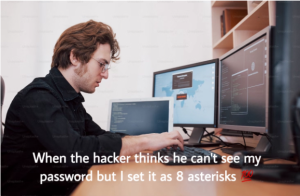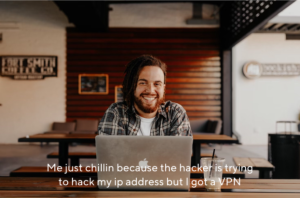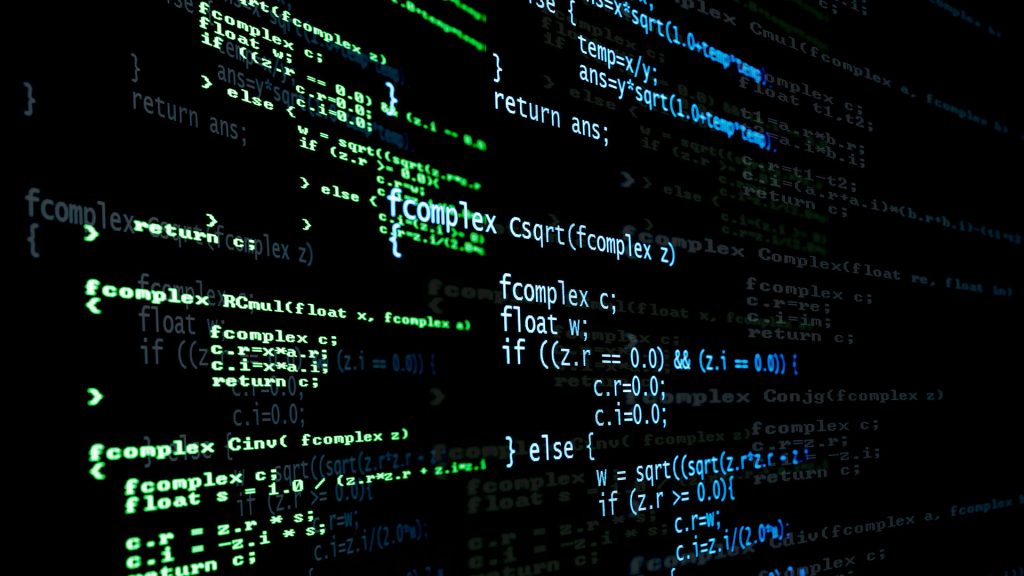Journal #6
Prompt: Can you spot three fake websites? [Refer Online Security Blogs, Public Awareness Sites, Academic Resources etc., and cite the source]. Compare the three fake websites to three real websites and highlight the features that identify them as fraudulent.
Amazon site and the fake “Amazon” site is the URL. The URL in the fake site has an “x”
at the end of “amazon,” so it reads “amazonx.com.” This small difference can go
unnoticed, causing someone to use this fake website.
The other fake website has the same URL as the real website except it is missing the
“secure” in hypertext transfer protocol. So the website says http instead of https, making
it less secure and likely to be fake/unreliable.
Another fake website imitated a Honda Canadian site selling Honda lawnmowers for
80%-90% off. The real website did not have discounts that low. If a website is selling
something for a suspiciously low price or at a price that seems too good to be true, it is
more than likely a fake.
Journal #7
Prompt: Review the following photos through a human-centered cybersecurity framework. Create a meme for your favorite three, explaining what is going on in the individual’s or individuals’ mind(s).



Journal #8
Prompt: Write a journal entry about how you think the media influences our understanding about cybersecurity.
most part, how cybersecurity is presented to the public is not realistic. For example,
because of the media, the term “hacker” has a negative connotation, causing people to
only think of hackers as criminals when there are ethical hackers as well, such as “white
hat hackers.” In the video, the lady also mentions how in these shows and movies, the
characters are mainly using made-up terms, doing things incorrectly, or doing things
with computers brought in for investigation that may be considered dangerous or not
smart. Some methods shown in media, such as “spear phishing” or games like “CTF,”
are pretty realistic.
Journal #9
Prompt: Complete the Social Media Disorder scale Download Social Media Disorder scale How did you score? What do you think about the items in the scale? Why do you think that different patterns are found across the world?
were relatable and that the others were kind of crazy. I understand some people have
experienced things such as arguing with family or friends because of their social media
usage, but it hasn’t been a thing for me, so I just thought that was a little crazy. I related
with some things like the persistence and displacement portions of the scale, but the
scale asked if those things regularly happened and it is just a “here and there” thing for
me; I do not regularly neglect other activities to use social media, etc.
I think different patterns are found across the world because of the access to technology
and social media and because of different cultures. A country that does not use
technology a lot generally will not relate to many things on this scale.
Journal #10
Prompt: Read this and write a journal entry summarizing your response to the article on social cybersecurity https://www.armyupress.army.mil/Journals/Military-Review/English-Edition-Archives/Mar-Apr-2019/117-Cybersecurity/bLinks to an external site.
future of our warfare. Social cybersecurity focuses on human behavior and “hacking”
humans, while traditional cybersecurity focuses on humans “hacking” technology. Over
the past few years, information has become decentralized, and now a lot of
organizations control the flow of information that is distributed to society. The article
mentions how “it is imperative for leaders to understand social cybersecurity to defend
internal weaknesses against external manipulation.” Social cybersecurity is a vital
discipline for our future, and it is important that our military and society are educated
about the decentralized modern information and the risks involved. Lastly, the article
mentions that because social cybersecurity is multidisciplinary, “we must develop a
multidisciplinary approach to cybersecurity.”
